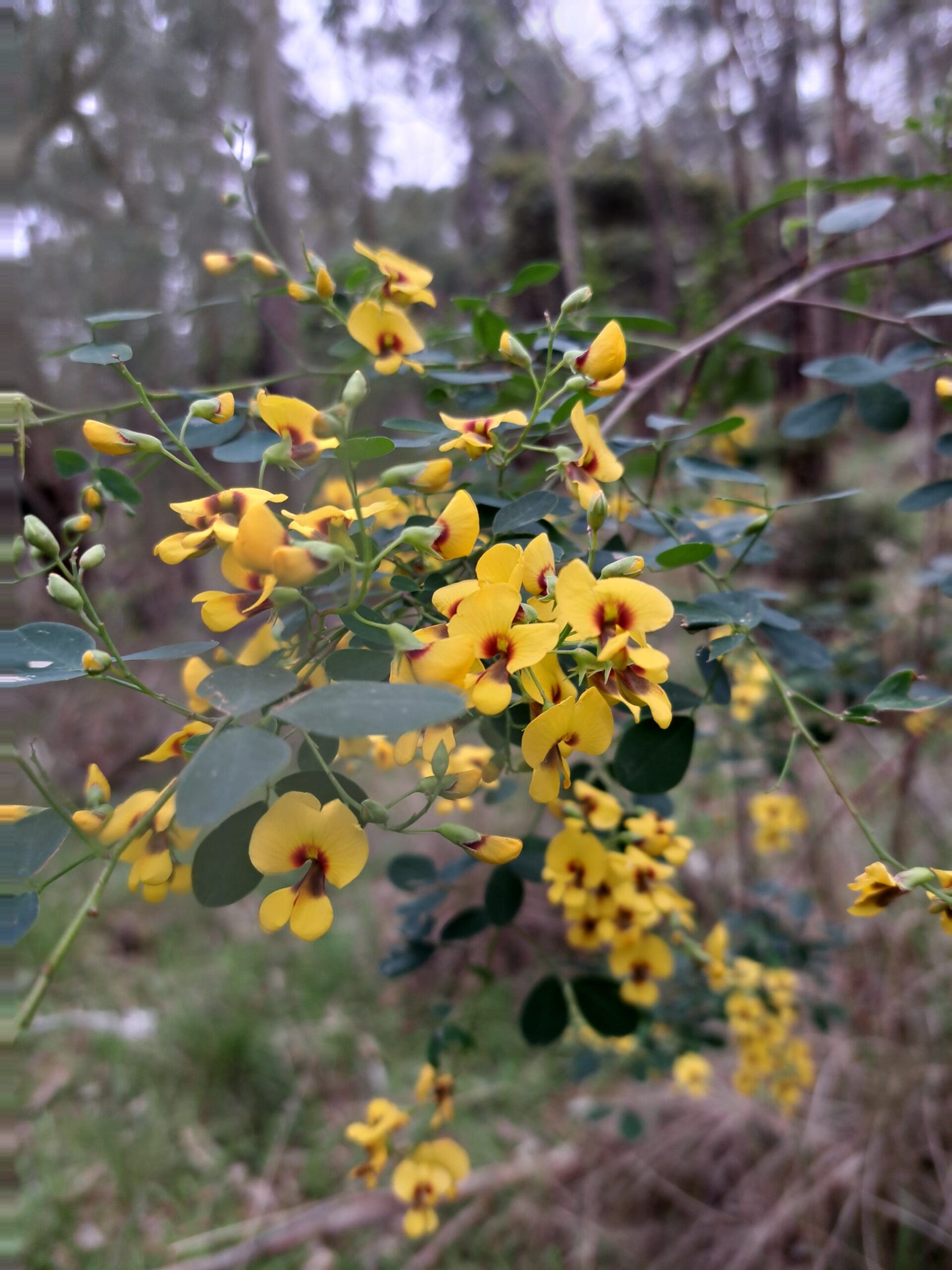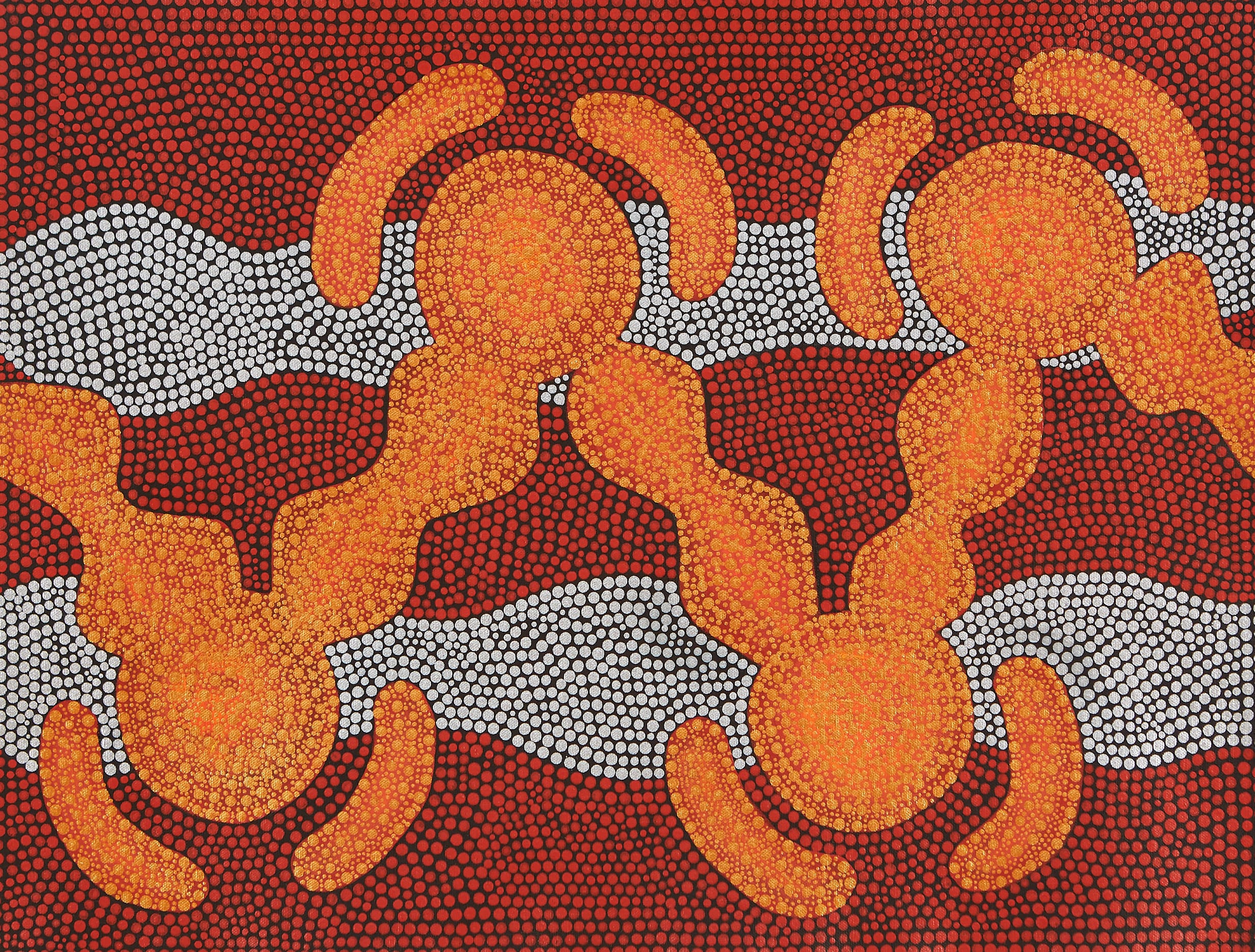The Seven Seasons of the Eastern Kulin Nation
yuk (Eel season) and warinj (Wombat season)


yuk (Eel season) and warinj (Wombat season)
The First Peoples of the Eastern Kulin Nation, which includes the Wurundjeri woiwurrung people, the Traditional Owners of this land, measure change with an annual cycle of seasons marked by changes in the land, animals, water and sky. There are seven annual seasons and two non-annual seasons, fire and flood, which occur on average every 7 and 28 years.
yuk (Eel season) is March when the hot winds cease and temperatures cool. The eels are ready to eat, the manna gum flowers, and the Hunter constellation is seen due south at sunset.
warinj (Wombat season) occurs from April to July. Lower temperatures and cool, misty mornings coincide with the highest rainfall of the year. Wombats are seen, bullen bullen (superb lyrebirds) begin courtship displays, and the hearts of soft tree ferns provide a food source when other fruits are no longer available.
woiwurrung translations by Wurundjeri woman Brooke Wandin.
IMAGE:
Stephen N
Wurundjeri people
Iuk (Eel) Season, 2020
acrylic on canvas
51 x 75 cm
This artwork was created through The Torch, a not-for-profit organisation that provides art, cultural and arts industry support to First Nations people currently in, or recently released, from Victorian prisons.
